As California is a hot state, many homeowners grow taller shrubs or trees around their yards to provide shade. Many California native shade plants do an excellent job at providing shade while not invading your space.
If you have tall trees around your yard, creating shaded areas, you’ll need to plant California native shade plants that thrive in the shade or dabbled light.
The following plants are examples of good California native shade plants for use in a shady yard.
Here are some examples of plants that thrive in the shade and commonly grow in California. These plants will add color and interest to shaded areas of your yard, which may otherwise look dull and unappealing.
Acanthus mollis (Bears Breeches)
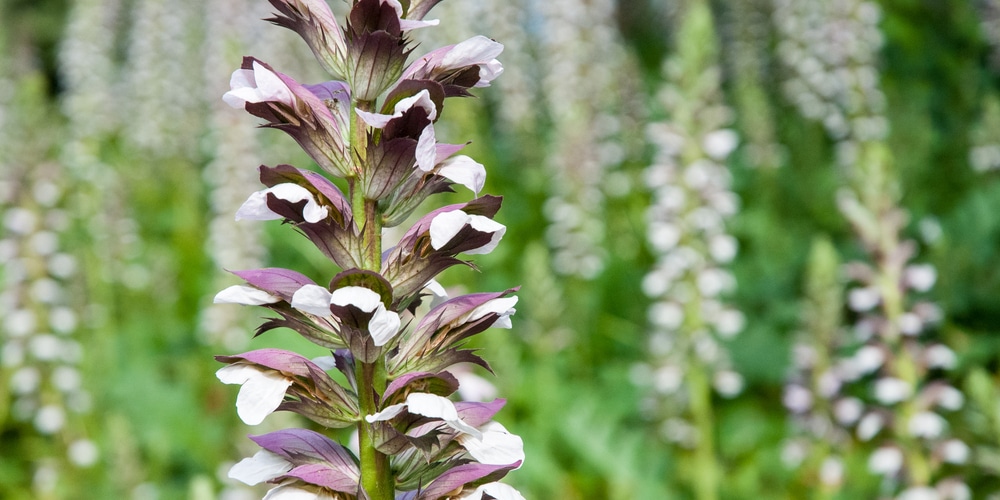
Bears Breeches are found throughout California, except in desert regions. The leaves are large and dramatic, growing up to 12 inches wide with scalloped edges. These plants grow best in partial light and moist soils. They will spread over time and be beautiful additions to your garden as they flower annually with white tubular blooms.
Plant Bears Breeches in a place with bright indirect light or dappled shade. They can tolerate difficult conditions and various soil types, so they will do well in your yard.
Fuchsia thymifolia (Thyme-leaved fuchsia)
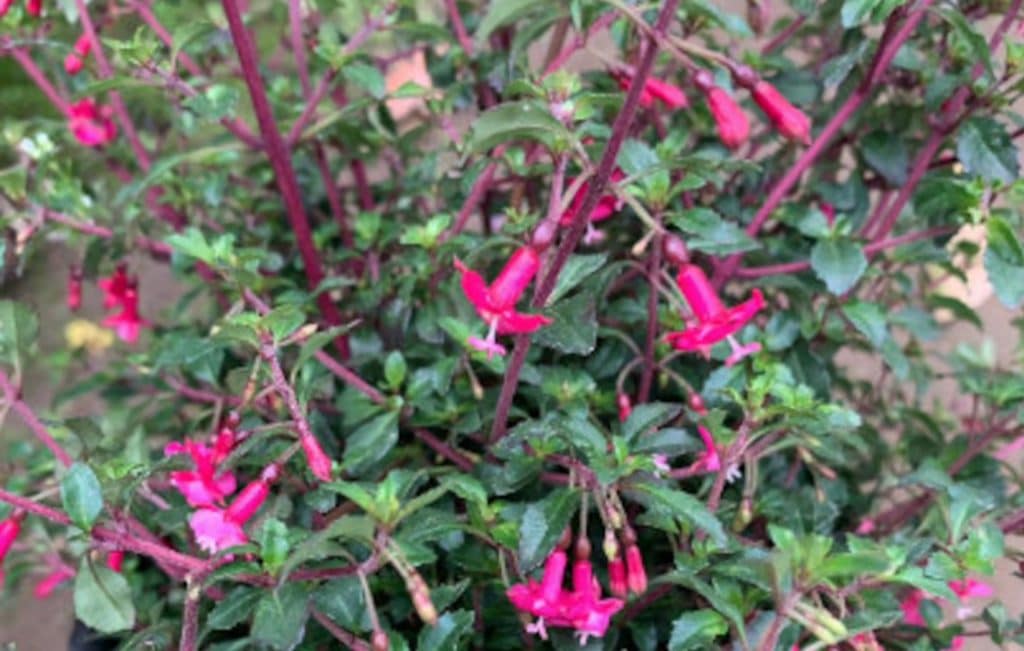
This fuchsia variety grows well in cooler areas of California and has pink and violet flowers. These plants are commonly found growing in coastal areas as they like a slightly cooler climate.
The Thyme-leaved fuchsia is a miniature variety that grows approximately one to two feet tall. It grows well in shaded areas or in partial shade and can be planted as a small hedge.
Fuchsia thymifolia thrives in well-draining, composted soil and is an excellent plant for attracting wildlife such as hummingbirds to your yard.
Wild Ginger (Asarum caudatum)
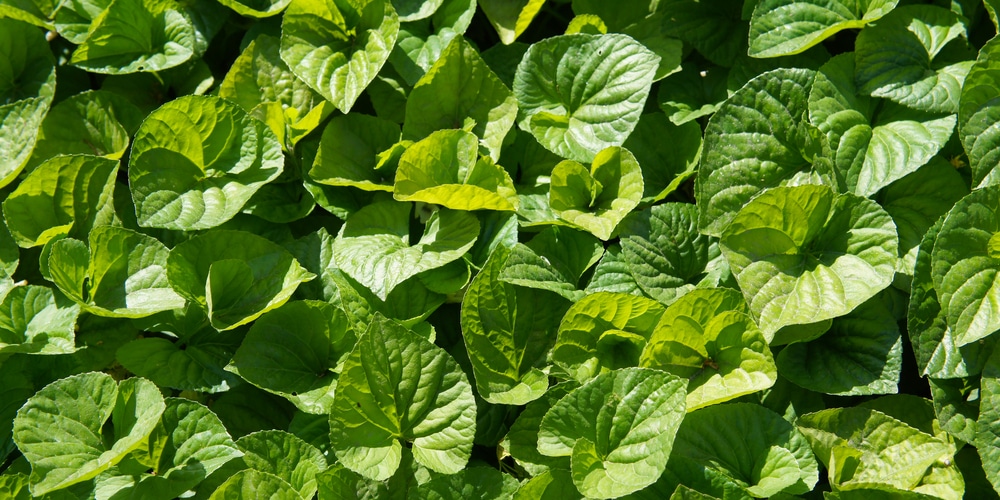
Wild Ginger grows well in slightly cooler and moister areas and is found in woodland areas of California. Wild ginger is a shade-loving plant that has small heart-shaped leaves. Wild ginger is native to California and can be used in your yard if you are looking for a plant that will spread. Wild Ginger has small red flowers and looks great when mass planted in an area with shade.
The soil should be slightly moist, well-draining and you want the site to be shady. If these conditions are met, then wild ginger will grow well in your yard.
California Pipe vine (Aristolochia californica)
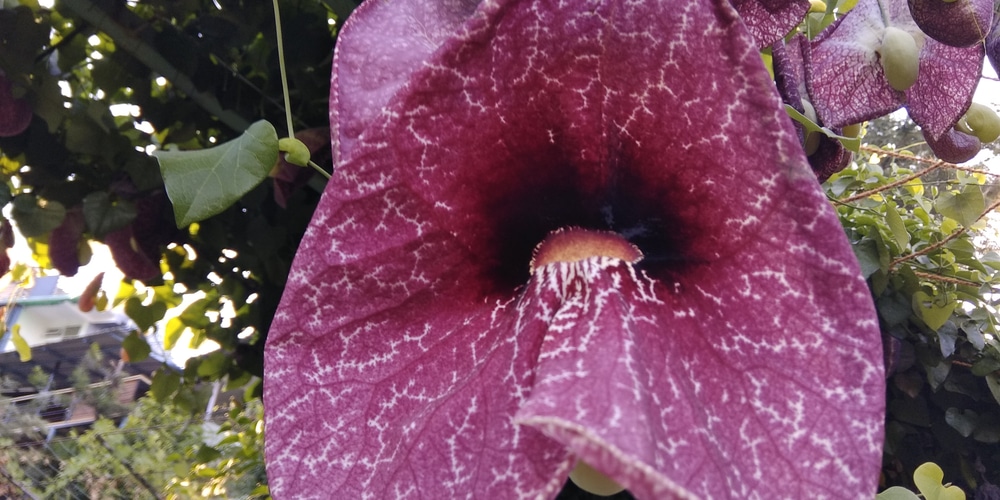
California Pipevine is a flowering vine that will give you color in your yard while climbing up onto trees. This native California Vine grows best in partial shade or dappled light. They are easy to grow and not too invasive, making them good plants for the beginning gardener. These plants are unique as they have heart-shaped leaves and produce strange white to cream-colored flowers that are pipe-shaped.
Bush Anemone (Carpenteria Californica)
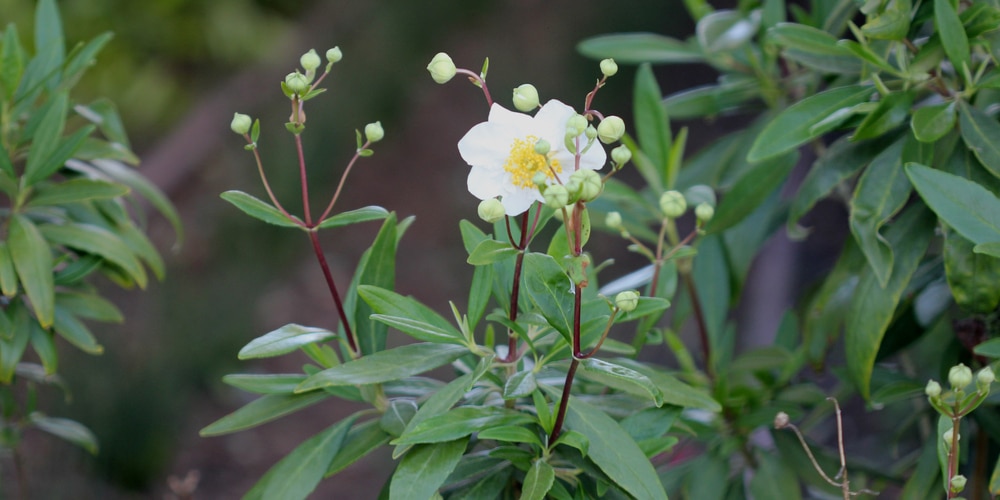
Bush anemones are found throughout California and can tolerate more shade than most other native shade plants. Anemones grow well in partial sunlight or dappled shade, which makes them unique. They produce beautiful white and yellow flowers that attract butterflies and bees to your yard.
The bush anemones is a shrub that can grow to between 3 and 6 feet tall in the right conditions. The soil should be light and neutral, and the plant prefers moist conditions.
Elk clover (Aralia Californica)
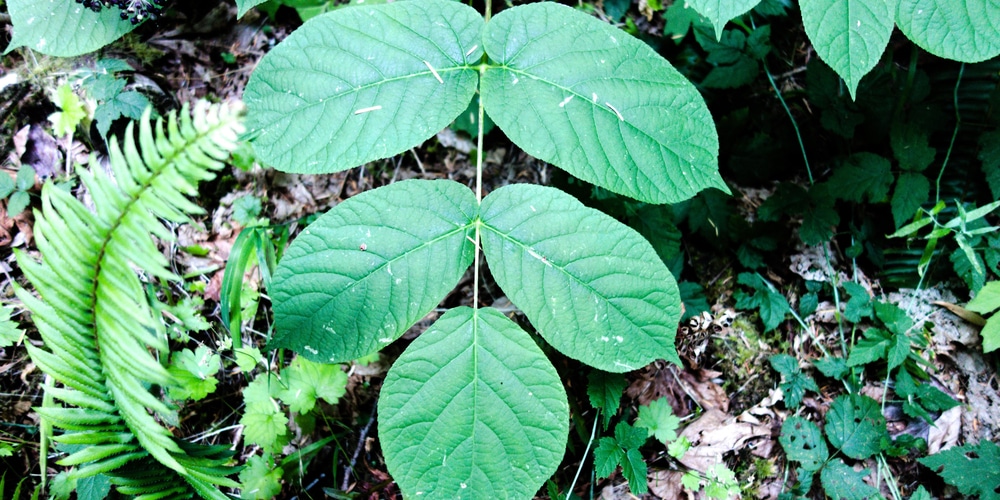
The Elk clover is native to coastal areas in California. It is an evergreen sub-shrub that has small white star-shaped flowers. These plants will spread readily, so they are best used in open spaces where they can grow freely. They thrive in dappled shade conditions but will tolerate shade or filtered light.
The Elk clover is a beautiful plant that attracts hummingbirds and butterflies to your yard. The small white flowers grow in clusters and look great throughout the year as an ornamental plant. These plants like moisture but will not tolerate flooding and prefer slightly acidic soils.
Final thoughts
Before choosing plants for shaded areas, you’ll need to determine what type of shade you have; full shade, partial shade, or dabbled lights. Different plants have different needs when it comes to sunlight. You’ll also need to check the soil type and pH to decide whether your chosen plant will do well in the area you’re planning to plant it. Also, consider the temperature and drainage before planting.
Related CA planting guides: When to plant garlic in California, When to Plant tomatoes in CA